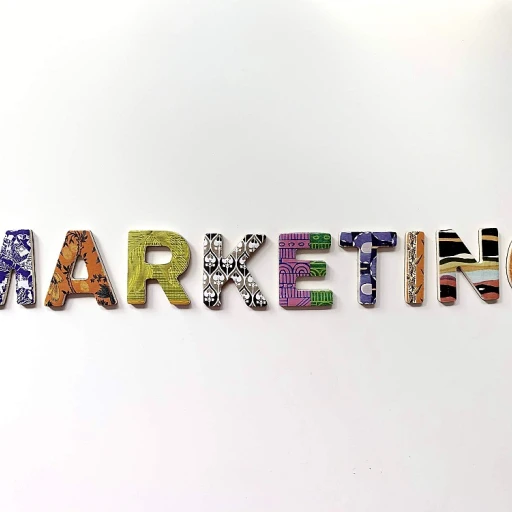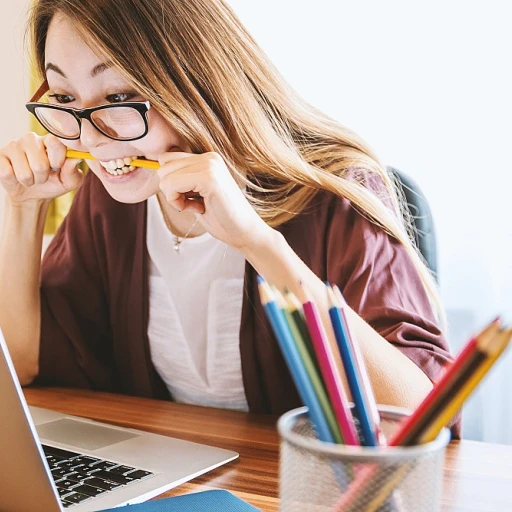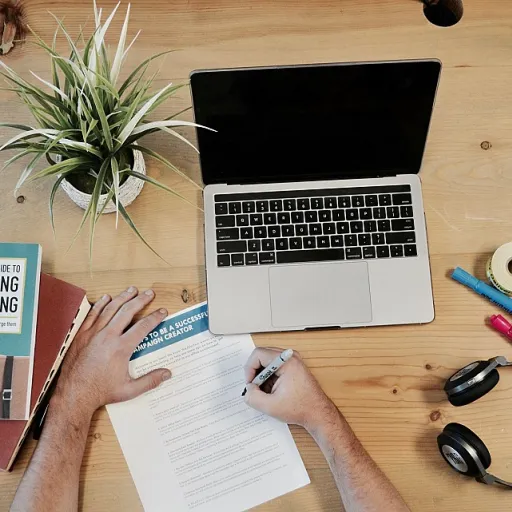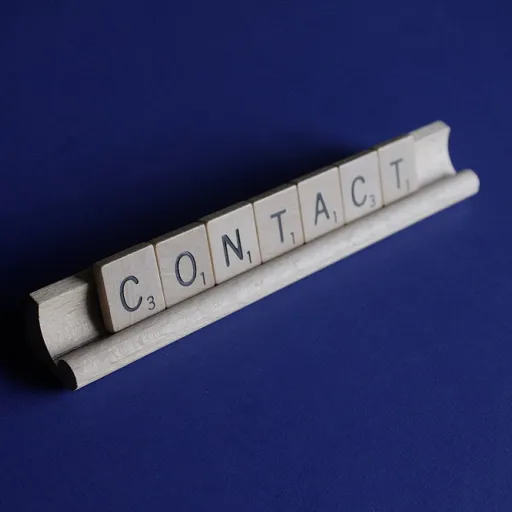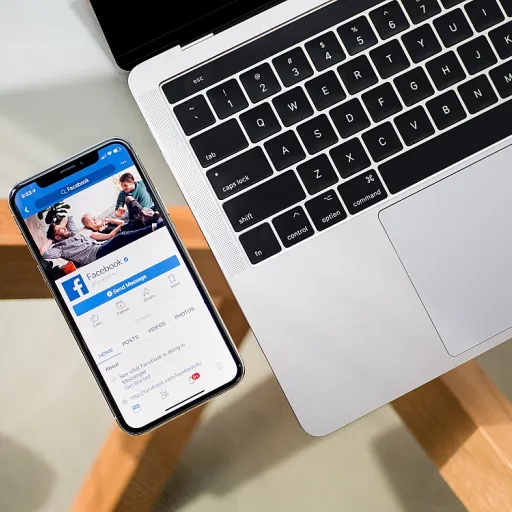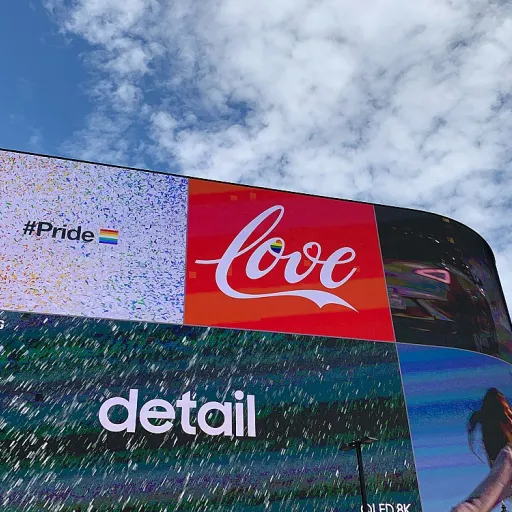
Understanding the basics of seo for artists
Why SEO Matters for Artists Online
For artists, building an online presence is essential to reach potential customers and showcase your art. Search engine optimisation (SEO) is the process that helps your artist website appear higher in Google search results, making it easier for people to discover your work. Whether you create music, visual art, or digital content, understanding SEO basics will help your site stand out among the competition.
Key Elements of SEO for Creative Professionals
- Keywords: Choosing relevant keywords related to your art and niche is the foundation of SEO. These are the words people type into search engines when looking for artists or artwork like yours.
- Content: High quality, original content on your website, blog, and social media posts helps search engines understand what you offer. This includes artwork descriptions, artist statements, and blog posts about your creative process.
- Meta Data: Elements like the title tag, meta description, and alt text for images help search engines read and rank your site. These should include your main keywords and accurately describe your art.
- Website Structure: An easy-to-navigate site with clear categories and fast loading times improves user experience and search rankings.
- Backlinks: Links from other reputable sites and social media profiles to your artist website signal authority to search engines.
SEO Tips for Artists Getting Started
- Use descriptive, keyword-rich titles and descriptions for every piece of art you upload.
- Share your content on social media to drive traffic and build backlinks.
- Regularly update your blog or news section with posts about new projects, exhibitions, or music releases.
- Monitor your performance using tools like Google Search Console to see which keywords and pages are attracting visitors.
As you explore more advanced SEO strategies, artificial intelligence is becoming a powerful tool for creative professionals. For an in-depth look at how AI can enhance your SEO efforts, check out this resource on AI-powered search engine optimisation.
How artificial intelligence is changing seo for creative professionals
AI Tools Transforming the Way Artists Approach SEO
Artificial intelligence is rapidly changing how artists manage their online presence and reach potential customers. Today, AI-powered tools can help artists optimize their website, improve their search engine rankings, and make their art more discoverable on platforms like Google. These tools analyze large amounts of data to suggest relevant keywords, generate high quality content, and even help with technical SEO tasks.
- Content Generation: AI can assist in writing engaging posts, blog articles, and artwork descriptions. This saves time and ensures your text is optimized for both readers and search engines.
- Keyword Research: AI tools can analyze search trends to recommend keywords that are most likely to attract visitors interested in your art or music. This makes it easier to choose the right keywords for your artist website and portfolio.
- Image Optimization: AI can suggest alt text and title tags for your artwork images, making them more visible in Google search and image results.
- SEO Audits: AI-driven platforms can scan your site for SEO issues, such as missing meta descriptions or poorly structured content, and offer actionable SEO tips to improve your site’s performance.
Personalizing the Online Experience for Art Lovers
AI doesn’t just help with technical SEO. It can also personalize the online experience for your audience. For example, AI can recommend specific artworks or blog posts to visitors based on their previous interactions with your site or social media. This increases engagement and helps you connect with your audience in a more meaningful way.
Staying Ahead with AI-Driven SEO Strategies
As search engines like Google become more sophisticated, using AI in your SEO strategy is no longer optional for artists who want to stand out online. AI can help you adapt quickly to changes in search algorithms and keep your content relevant. For more insights on how AI is shaping SEO for creative professionals, check out this article on enhancing franchise SEO with artificial intelligence. The same principles apply to artists looking to boost their online presence and reach new audiences.
Choosing the right keywords for your art
Finding the Words That Connect You With Your Audience
Choosing the right keywords is a crucial step for any artist looking to improve their online presence. Keywords are the terms people type into search engines like Google when they are looking for art, music, or creative content. Selecting relevant keywords will help your artist website appear in search results, making it easier for potential customers to find you.
- Start with your art: Think about the style, medium, and themes of your work. Are you a painter, photographer, or musician? Use words that describe your art clearly.
- Use keyword research tools: Platforms like Google Search Console or free keyword planners can help you discover what people are searching for. Look for high quality, relevant keywords with good search volume but not too much competition.
- Check out your competition: See what keywords other artists in your field are using. This can give you ideas and help you spot gaps. For more on how competitors excel in AI-driven search engine optimisation, check out this SEO strategy guide.
- Think about your audience: What words would your ideal viewer or buyer use to search for your work? Consider including terms related to your niche, location, or the emotions your art evokes.
Once you have your keywords, use them naturally in your website content, blog posts, and social media. Don’t forget important places like your title tag, meta description, and alt text for images. This will help search engines understand your site and connect you with the right audience.
| Where to Use Keywords | SEO Tips for Artists |
|---|---|
| Website pages | Include keywords in headings and body text |
| Portfolio descriptions | Describe each artwork with relevant keywords |
| Blog posts | Write about your process, events, or art trends using keywords |
| Alt text for images | Help search engines read your images by adding descriptive alt text |
| Social media | Use keywords in your posts and profiles to boost discoverability |
Remember, keyword selection is not a one-time task. Review your search performance regularly and adapt your SEO strategy as your art and audience evolve. This ongoing effort will help you stay visible online and reach more people who appreciate your work.
Optimizing your portfolio and artwork descriptions with ai
Making Your Art Descriptions Work Smarter
Optimizing your portfolio and artwork descriptions is essential for artists who want to improve their online presence. Artificial intelligence can help you create high quality, keyword-rich content that search engines like Google understand. When you write about your art, focus on using relevant keywords naturally in your text. This will help your artist website appear in search results when potential customers look for art online.
- Title tags and meta descriptions: Use clear, descriptive title tags for each artwork. Your meta description should summarize the piece and include keywords related to your art style or medium. This helps search engines and users understand your content.
- Alt text for images: Every image on your site should have alt text. Describe the artwork and include relevant keywords. This not only helps with SEO but also makes your site more accessible.
- AI-powered content tools: There are AI tools that suggest keywords, improve readability, and even generate text for your artwork descriptions. These tools analyze what works best for similar artists and help you optimize your content for search engines.
- Consistent updates: Regularly update your portfolio and blog posts. Fresh content signals to Google that your site is active, which can improve your search rankings.
Tips for Optimizing Your Artist Website
- Write clear, engaging descriptions for each piece of art, music, or creative work. Use keywords that your audience might use in Google search.
- Organize your site so that each page focuses on a specific topic or artwork. This helps search engines understand your content structure.
- Link your website to your social media profiles. Sharing your content on social media can drive traffic and help build backlinks, which are important for SEO.
- Use Google Search Console to monitor how your site performs in search results. This tool provides insights into which keywords bring visitors to your site and where you can improve.
By combining AI-powered tools with these practical SEO tips, artists can optimize their websites, improve their online authority, and reach more potential customers. Remember, the goal is to make your content easy to read and helpful for both people and search engines.
Building backlinks and online authority as an artist
Strengthening Your Reputation with Quality Backlinks
Building backlinks is a crucial part of any SEO strategy, especially for artists aiming to boost their online presence. Backlinks are links from other websites that point to your artist website. Search engines like Google see these as votes of confidence, which can help your site rank higher in search results. The more high quality and relevant backlinks you have, the more authority your site gains in the eyes of search engines.
- Collaborate with other artists and creative professionals: Guest posts, interviews, or joint projects can lead to natural backlinks from their websites or blogs.
- Share your art on reputable platforms: Uploading your work to online galleries, music sites, or art communities often allows you to include a link back to your portfolio or artist website.
- Engage with social media: Sharing your content across social media channels increases the chances of others discovering and linking to your work. Social media profiles themselves can also provide valuable links.
- Participate in relevant online discussions: Commenting on blogs, forums, or social media groups related to art or music can help you connect with potential customers and industry peers, sometimes resulting in backlinks.
Optimizing for Authority and Trust
To maximize the impact of your backlinks, focus on quality over quantity. Links from respected art websites, music blogs, or educational resources carry more weight than links from unrelated or low quality sites. Make sure your content is worth linking to by keeping your portfolio updated, writing insightful blog posts, and using relevant keywords in your text and meta description. This will help attract attention from other creators and websites in your field.
Don’t forget to monitor your backlink profile using tools like Google Search Console. This will help you identify which sites are linking to you and spot opportunities to build more connections. If you find spammy or irrelevant links, use the disavow tool to maintain your site’s reputation.
Tips for Building Online Authority
- Use descriptive title tags and alt text for your images to make your content more discoverable.
- Reach out to local media or art organizations to be featured in their online posts or newsletters.
- Offer valuable resources, such as tutorials or downloadable content, that others in the art community will want to reference and share.
By consistently applying these SEO tips, artists can strengthen their online authority, attract more visitors, and improve their visibility in Google search results. Building a network of high quality backlinks is an ongoing process, but it’s one of the most effective ways to help your art reach a wider audience.
Measuring seo success and adapting your strategy
Tracking Your SEO Progress with the Right Tools
To know if your SEO strategy is working, you need to track and measure your results. For artists, this means looking beyond just the number of visitors to your website. Focus on how people find your art, which keywords bring them in, and what actions they take once they arrive. Tools like Google Search Console and Google Analytics are essential for monitoring your site’s performance. These platforms help you see which search queries lead to your site, how your pages rank in Google search, and which content gets the most attention.
Key Metrics Every Artist Should Monitor
- Organic traffic: The number of visitors who find your artist website through search engines.
- Keyword rankings: Track how your chosen keywords, such as "art", "music", or "artist", perform over time.
- Click-through rate (CTR): The percentage of people who see your site in search results and click through to your content.
- Backlinks: Monitor how many high quality sites link to your portfolio or blog posts, which helps build online authority.
- Engagement: Look at how long visitors stay on your site, which pages they read, and whether they interact with your social media or contact forms.
Adapting Your SEO Strategy for Better Results
SEO is not a one-time task. As you update your portfolio, add new artwork, or write fresh blog posts, you should also review your keywords, meta descriptions, and title tags. Use the data from your analytics tools to see which content performs best and which needs improvement. For example, if you notice that certain alt text or artwork descriptions attract more visitors, use similar language in future uploads. If a blog post about your creative process gets shared widely on social media, consider writing more content like it.
Regularly updating your site and optimizing your content will help you stay visible in search engines and connect with potential customers. Remember, the goal is to make your art easy to find and enjoyable to explore online. These SEO tips will help artists build a stronger online presence and reach a wider audience.


